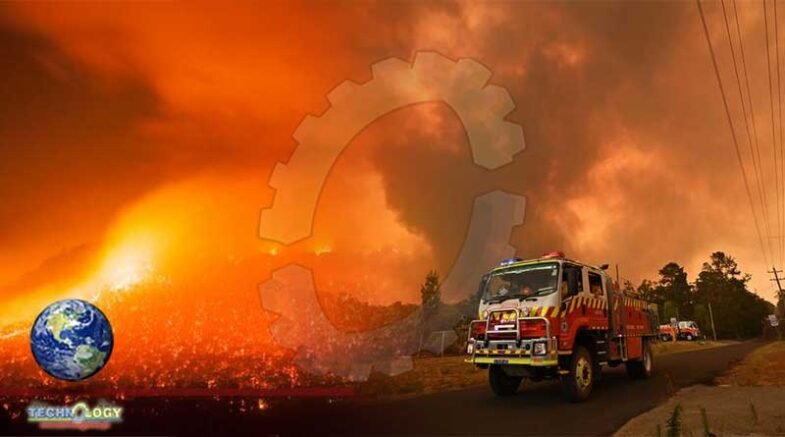The catastrophic fire in Australia set a record level of atmospheric aerosols, and smoke that covered the southern hemisphere for several months

The catastrophic fire in Australia in 2019-2020 spread so much smoke through the stratosphere that it covered the southern hemisphere for several months and set a record level of atmospheric aerosols, according to an Israeli study released with satellite measurements released this Friday (03/19/2021). ) In the journal Science.
Wildfires, which cover an area similar to Syria as a whole, have had an atmospheric impact comparable to a “moderate volcanic eruption”, meaning “extreme increases” in airborne particles, with rates shot to “some of the highest” in 2020.
This “disorder” caused by the “intensity” and the widespread fires in the sea country greatly affected the upper layer of the atmosphere, where millions of tons of smoke spread.
Israeli scientists Ilan Goren of the Weissman Institute of Science and Eaton Hirsch of the Israel Institute for Biological Research have reached this conclusion by recording the maximum aerosol optical depth and the measurement used to calculate the charge of these substances in the atmosphere and its radioactive effects.
Atmospheric aerosols are solid or liquid particles suspended on the Earth’s surface or in the atmosphere that affect the global climate and their emissions cause pollution at the planetary level.
Satellite image of fires recorded in December 2019 in Australia.
By 2020, products from Australian smoke were higher than the Southern Hemisphere’s monthly average, which was “three times higher” in January, Weissman said in a statement. These changes “eclipsed” the amount of aerosols recorded after the eruption of Mount Pinatubo in 1991, the study noted, which was the largest in the last 100 years.
Through satellite data they identified a stratospheric bundle covering part of the Southern Hemisphere and southeastern Austria. It peaked in the first three months of 2020 and lasted until July. Hirsch explained that during this period, in Australia, not far from Chile, “people were breathing particles from the fire.”
After entering the stratosphere, the air moves continuously and in a straight line, with the particles spreading “slowly around the entire hemisphere”. In turn, they “stayed in the air” longer than they normally would in the lower atmospheric layer, and they disintegrate in a few days, the scientist said.
Another possible effect of the smoke would have been to cool the affected sea areas, although it is not yet known how much this could have affected the marine environment or weather patterns.
Originally published at BRYTFM Online
